Conveners
Session 5 - Induced Radioactivity
- Session Chair Stefan Roesler
Session 5 - Induced Radioactivity
- Session Chair Helmut Vincke
December 2024 will mark 40 years since the first operation of the ISIS spallation neutron source. Whilst many components have been changed and updated the Target station 1 void vessel and shielding monolith have remained in place throughout that time. This makes these components some of the most irradiated in a spallation spectrum in the world. It is important to understand the neutron...
According to the accelerator operation plan of the Oak Ridge National Laboratory Spallation Neutron Source (SNS), the beam-stop and the proton beam window (PBW) assemblies of the existing Ring Injection Dump (RID) are replaced with fresh assemblies, when they have reached their end-of-life. End-of-life is determined by the stainless-steel beam-stop window having accumulated 10 dpa radiation...
The activation of accelerator components represents the primary factor that restricts the allowable level of uncontrolled beam losses in heavy-ion accelerators. Monte Carlo heavy ion transport codes play a crucial role in evaluating the activation induced by beam losses. Measuring the depth distribution of radioactive isotopes in thick targets irradiated by heavy ion beams provides valuable...
The CERN High Energy AcceleRator Mixed Field facility (CHARM) at CERN is designed to test electronic devices in high-energy and mixed radiation fields resembling particle accelerators, ground-level, atmospheric, and space environments. Located at the East Experimental Area, it receives a 24 GeV/c pulsed proton beam from the CERN Proton Synchrotron (PS), with pulses of 350 ms having maximum...
The CERN Large Hadron Collider (LHC) will undergo upgrades during the period of 2026-2028, known as Long Shutdown 3 (LS3) to become the High-Luminosity LHC (HL-LHC). These will allow for an increase in instantaneous luminosity by a factor from five to seven beyond the original LHC design value, thus allowing to increase almost tenfold the integrated luminosity by the early 2040s.
The four...
CERN's accelerator and experimental facilities face activation due to the presence of radiation fields stemming from losses of high-energy beams. The characterization of this activation is complex, demanding the application of sophisticated methods to distinguish materials as radioactive or non-radioactive. Materials exhibiting activation levels near or below legal limits pose significant...
The Swiss Light Source (SLS) is a third-generation synchrotron light source which employs electrons with energy of 2.4 GeV. The accelerator is currently being refurbished after 23 years of operation with an average annual operating time of more than 250 days, delivering X-rays for various applications.
Information about residual nuclide inventory of materials is required for the radiological...
Water is considered as one of the candidates of beam dump material for high energy and high-power electron beam. A benchmarking study on a water target is conducted at Hard X-ray (HX) main beam dump bunker of PAL-XFEL to investigate the induced radioactivity concentration in the water target.
An irradiation experiment of the water target was conducted and the induced radioactivity...
In Fukushima Daiichi Nuclear Power Station, various projects are currently working towards decommissioning. Radioactivity distribution measurement is indispensable to plan every project. These remained radioactivity information are also valuable for investigating accident procedure analyses.
We developed contamination density estimation method using pinhole type gamma camera. 1),2) This...
The High Intensity Proton Accelerator (HIPA) at the Paul Scherrer Institut (PSI), Switzerland, just celebrated its 50th birthday. During these 50 years, the concrete shielding blocks are added, removed, or replaced constantly due to changing operational requirements, new experimental setups and/or structure damages. For the first time after 50 years, a thorough study of the concrete...
Introduction
Proton therapy centers are growing fast, both in Spain and all around the world. Prompt radiation attenuation is essential to achieve legal dose limits, but not enough to develop efficient radiation protection of these facilities. Activation of mechanical elements, ambient (air, water, ground), and of course, the shielding, is a relevant issue, linked with radiation protection...
Radioactive waste management for French cyclotron facilities is facing an issue regarding the assessment of pure-$\beta$ radionuclides emitters produced by activation from the secondary particles created during the production of medical radionuclides. An efficient methodology of activation assessment needs to be defined to improve the current situation, especially for dismantling...

